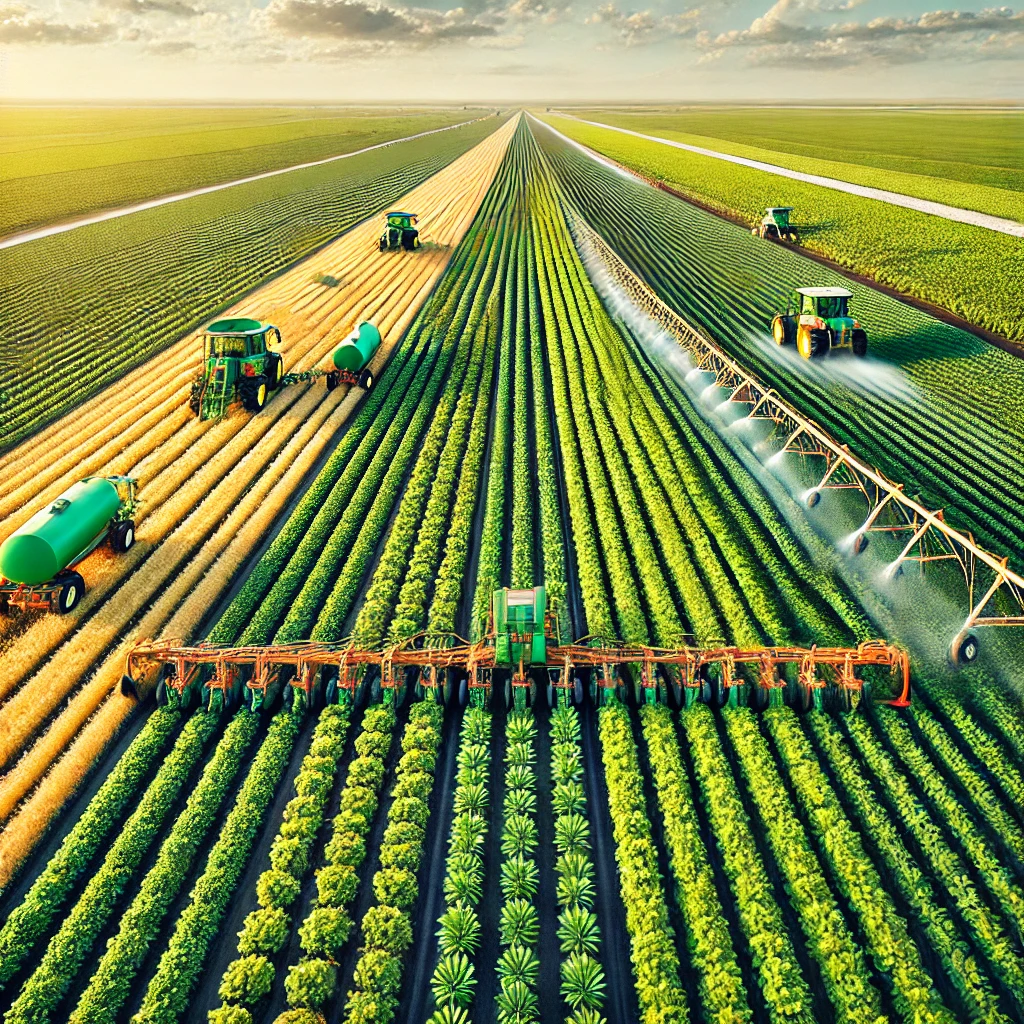Smart irrigation systems are revolutionizing the way water is managed in agriculture, offering a sustainable solution to one of the most pressing challenges faced by farmers today. As the global population continues to grow, the demand for food increases, putting immense pressure on water resources. Traditional irrigation methods often lead to water wastage and inefficiencies, but advancements in technology are paving the way for more precise and efficient water management practices.
The Evolution of Irrigation Techniques
Irrigation has been a cornerstone of agriculture for thousands of years, with ancient civilizations developing various methods to bring water to their crops. From the simple flood irrigation techniques used by the Egyptians along the Nile River to the intricate aqueduct systems of the Romans, the history of irrigation is rich with innovation. However, these traditional methods, while effective in their time, are not sustainable in the face of modern challenges such as climate change, water scarcity, and the need for increased agricultural productivity.
In the 20th century, the advent of mechanized irrigation systems, such as sprinklers and drip irrigation, marked a significant leap forward. These systems allowed for more controlled and efficient water distribution, reducing wastage and improving crop yields. However, even these advancements have their limitations, particularly in terms of energy consumption and the need for constant human intervention.
The Rise of Smart Irrigation Systems
Enter smart irrigation systems, the latest evolution in agricultural water management. These systems leverage cutting-edge technologies such as the Internet of Things (IoT), artificial intelligence (AI), and big data analytics to optimize water usage. By integrating sensors, weather data, and real-time monitoring, smart irrigation systems can make precise adjustments to water delivery, ensuring that crops receive the exact amount of water they need, when they need it.
One of the key components of smart irrigation systems is soil moisture sensors. These sensors are placed in the ground at various depths to measure the moisture content of the soil. The data collected is then transmitted to a central control unit, which analyzes the information and determines the optimal irrigation schedule. This not only prevents overwatering and underwatering but also helps in conserving water by irrigating only when necessary.
Benefits of Smart Irrigation Systems
The adoption of smart irrigation systems offers numerous benefits, both for farmers and the environment. One of the most significant advantages is water conservation. According to the Food and Agriculture Organization (FAO), agriculture accounts for approximately 70% of global freshwater withdrawals. By using water more efficiently, smart irrigation systems can significantly reduce this figure, helping to alleviate the strain on water resources.
In addition to water savings, smart irrigation systems can also lead to improved crop yields. By providing plants with the optimal amount of water, these systems promote healthier growth and reduce the risk of diseases caused by overwatering. This, in turn, can lead to higher quality produce and increased profitability for farmers.
Environmental Impact
Beyond the immediate benefits to farmers, smart irrigation systems also have a positive impact on the environment. Reduced water usage means less strain on local water sources, which can help to preserve ecosystems and maintain biodiversity. Furthermore, by minimizing runoff and soil erosion, smart irrigation systems can prevent the contamination of water bodies with fertilizers and pesticides, contributing to cleaner and healthier waterways.
Another environmental benefit is the reduction in energy consumption. Traditional irrigation systems often rely on pumps and other machinery that consume significant amounts of energy. Smart irrigation systems, on the other hand, are designed to operate more efficiently, reducing the overall energy footprint of agricultural operations.
Challenges and Future Prospects
Despite the numerous advantages, the adoption of smart irrigation systems is not without its challenges. One of the primary barriers is the initial cost of implementation. The technology and infrastructure required for smart irrigation systems can be expensive, making it difficult for small-scale farmers to invest in these solutions. However, as the technology continues to advance and become more affordable, it is expected that more farmers will be able to adopt smart irrigation practices.
Another challenge is the need for technical expertise. Smart irrigation systems require a certain level of knowledge and skills to operate and maintain. This can be a hurdle for farmers who may not have access to the necessary training and support. To address this issue, governments and agricultural organizations are increasingly offering training programs and resources to help farmers transition to smart irrigation systems.
The Role of Policy and Innovation
Policy and innovation will play a crucial role in the widespread adoption of smart irrigation systems. Governments can support farmers by providing subsidies and incentives for the adoption of water-saving technologies. Additionally, investment in research and development can lead to further advancements in smart irrigation, making the technology more accessible and effective.
Innovations such as remote sensing, machine learning, and blockchain technology are also poised to enhance the capabilities of smart irrigation systems. Remote sensing, for example, can provide detailed information about crop health and soil conditions, allowing for even more precise irrigation management. Machine learning algorithms can analyze vast amounts of data to predict irrigation needs and optimize water usage. Blockchain technology can ensure transparency and traceability in water usage, promoting sustainable practices and accountability.
Conclusion
Smart irrigation systems represent a significant step forward in the quest for sustainable agriculture. By leveraging advanced technologies, these systems offer a solution to the pressing challenges of water scarcity and the need for increased agricultural productivity. While there are still hurdles to overcome, the potential benefits for farmers, the environment, and society as a whole are immense. As technology continues to evolve and become more accessible, smart irrigation systems are set to play a pivotal role in the future of agriculture, ensuring that we can meet the growing demand for food while preserving our precious water resources.










